Back to the story of AD and CVD taxes that Vietnamese shrimp are bearing in the US market. Accordingly, since the end of 2003, Vietnamese shrimp has been officially sued by the US plaintiff for anti-dumping. After a period of effort to prove, by 2015, the AD tax for Vietnamese shrimp has officially been 0%, contributing significantly to maintaining the US market since then. Also related to this tax, according to consulting lawyers, the preliminary results of the 19th administrative review (PR19) will be available next July and the final results will be announced by the US in December 2025. According to the consulting lawyer of the Vietnam Association of Seafood Exporters and Producers (VASEP), the reported books of enterprises in this review are very good, so it is possible that Vietnamese shrimp will continue to enjoy the 0% AD rate.
 |
| With the announced 46% tax rate, it will be even more difficult for the shrimp industry to penetrate the US market. Photo: TICH CHU |
After the AD tax, in 2023, Vietnamese shrimp will continue to be sued for CVD in this market, with a preliminary tax rate of 2.84%. According to information from VASEP, the CVD lawsuit will be reviewed for the first time at the end of this year, using the business's operations in 2024 as a basis for inspection. While the above two taxes are still making it more or less difficult for Vietnamese shrimp in the US market, recently, at 4:00 p.m. on April 2 (Washington DC time), US President Donald Trump announced a new tariff policy for goods imported into the US, in which the tax rate for Vietnamese goods is very high, up to 46%. According to Mr. Ho Quoc Luc - Chairman of the Board of Directors of Sao Ta Food Joint Stock Company, this new tax rate, along with AD and CVD taxes, makes Vietnamese shrimp carry three taxes when entering the US market.
Regarding AD and CVD taxes, according to Mr. Luc, Vietnamese enterprises can handle them together with the plaintiff and the US Department of Commerce (DOC). Import taxes are a matter for the two governments , so businesses can only wait. According to Mr. Luc, in fact, no Vietnamese enterprise would dump and lose money, and we are confident and capable enough to explain and convince the DOC if they send someone to conduct an actual inspection. "The US shrimp industry is less competitive than imported shrimp because they do not raise shrimp as well as other countries, because their processing facilities are small and not of high quality," Mr. Luc shared.
 |
| Once shrimp exports to the US market encounter difficulties, businesses will certainly switch to more favorable markets. Photo: TICH CHU |
Talking to the writer about the impact of this new reciprocal import tax, Mr. Dang Ngoc Son - Deputy General Director of Camimex Company ( Ca Mau ) said that this issue is still too new so businesses cannot fully assess the impact of this tax rate. Particularly for Camimex, because the amount of shrimp exported is mainly to the European and Japanese markets... and the US market is not much, the impact is generally not large. However, if viewed from a macro perspective, this reciprocal import tax will greatly affect Vietnamese goods exported to the US, including shrimp. Mr. Son added: "Once shrimp exports to the US market encounter difficulties, businesses will certainly switch to more favorable markets. At that time, competition will become fiercer and importers will not miss the opportunity to squeeze prices."
According to VASEP, this tax rate is calculated based on the bilateral trade deficit ratio and reflects the US's efforts to rebalance global trade and put pressure on trading partners. This tax rate will remain in effect until the US President determines that the threat posed by the trade deficit and the underlying non-reciprocal treatment has been resolved or reduced. In addition, it allows the US President to increase tariffs if trading partners retaliate or reduce tariffs if they take significant steps to correct non-reciprocal trade arrangements and are consistent with the US on economic and national security issues.
This reciprocal import tax is no longer a story between Vietnamese enterprises and the plaintiffs and DOC, but a story between the two governments. It is also necessary to inform that Vietnam has proactively taken the first steps in responding to this reciprocal tax policy by reducing taxes on many imported goods from the US, such as: cars, Ethanol, frozen chicken thighs... before the US President issued this new reciprocal import tax decree. At the same time, reducing the trade deficit through importing US goods in the first two months of the year has also increased by 17.7% over the same period. Hopefully, with the very goodwill steps from Vietnam, it will help Vietnamese goods (including shrimp) not to be subject to the high tax rate as announced.
ACCUMULATE
Source: https://baosoctrang.org.vn/kinh-te/202504/con-tom-oan-minh-cong-thue-f46595a/


![[Photo] Prime Minister Pham Minh Chinh receives leaders of Excelerate Energy Group](https://vphoto.vietnam.vn/thumb/1200x675/vietnam/resource/IMAGE/2025/5/29/c1fbe073230443d0a5aae0bc264d07fe)


![[Photo] Prime Minister Pham Minh Chinh meets with Hungarian President Sulyok Tamas](https://vphoto.vietnam.vn/thumb/1200x675/vietnam/resource/IMAGE/2025/5/29/dbcaa73e92ea4448a03fe1d0de6d68e8)

![[Photo] Vietnamese and Hungarian leaders attend the opening of the exhibition by photographer Bozoky Dezso](https://vphoto.vietnam.vn/thumb/1200x675/vietnam/resource/IMAGE/2025/5/29/94d8ceca5db14af3bf31285551ae4bb3)


















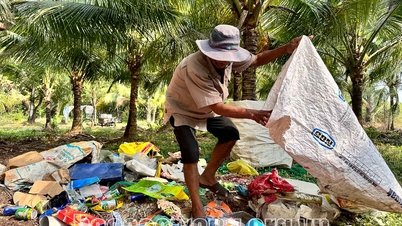
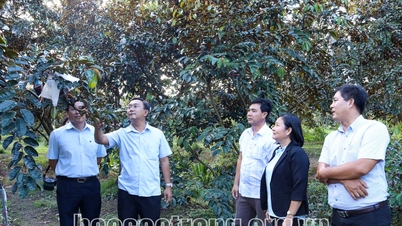

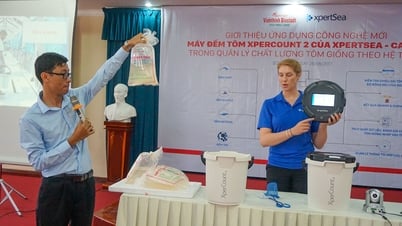


























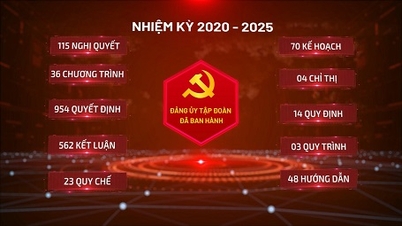










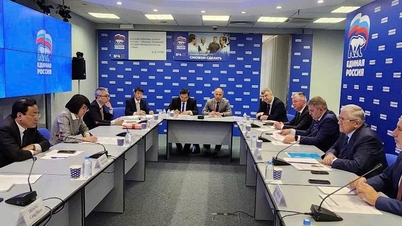



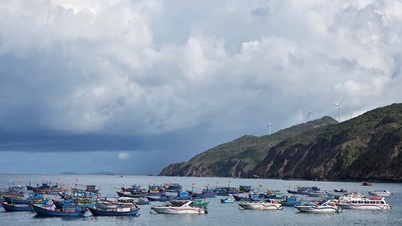

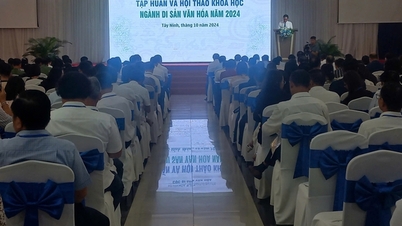

















Comment (0)